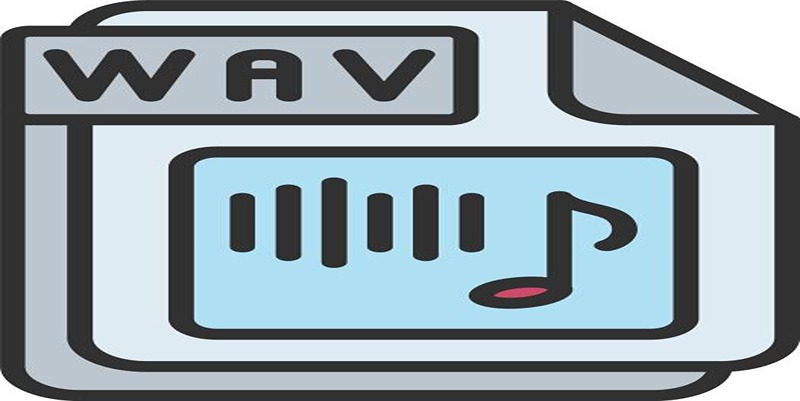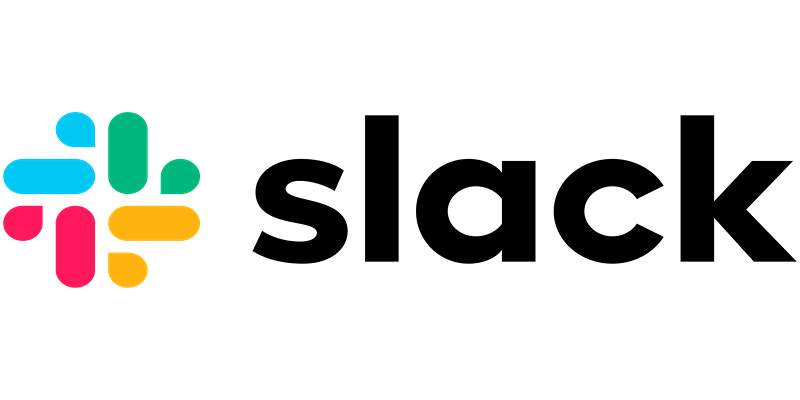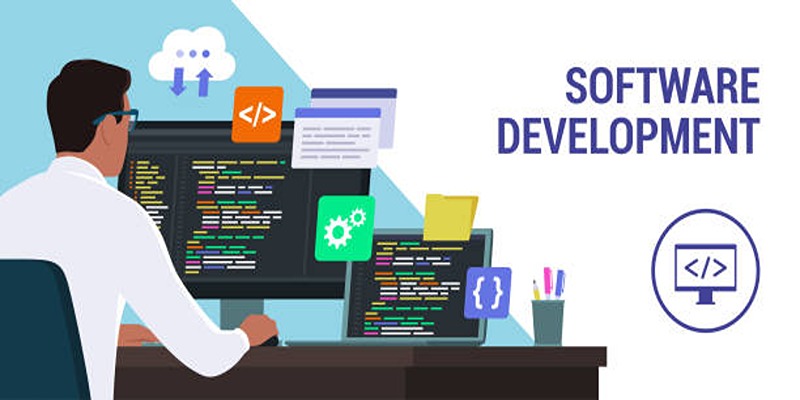Usability Testing Simplified: 8 Must-Have Tools for 2025
Usability testing is an important step in creating products that people find easy and enjoyable to use. It helps teams uncover issues, understand user needs, and improve designs before releasing to the public. With the growing importance of user experience, having the right tools can make this process faster and more effective. Whether you're designing websites, apps, or software, the right usability testing tools can save time and ensure success. Here are eight essential tools to know for 2025.
UserTesting

UserTesting represents one of the prominent platforms which enables groups to acquire spontaneous feedback from the people who match their target audience. The platform enables teams to reach participants from various backgrounds thus enabling them to acquire feedback from their intended product user base. Users performing tasks on this platform trigger recorded videos that document their practical activity as well as their challenges and achievements.
UserTesting provides teams powerful features including AI insights and sentiment analysis which allow quick problem detection so teams can make meaningful improvements. Before and beyond novice and experienced usability testing practitioners this platform stands out because of its simple design and comprehensive feedback evaluation tools.
2. Optimal Workshop
Optimal Workshop is a versatile tool designed to make information architecture tasks more straightforward. It includes tools for card sorting, tree testing, and first-click testing, enabling teams to understand how users categorize, find, and interact with content. By leveraging these features, designers can uncover insights into the logical flow of their product’s navigation or content structure.
One of Optimal Workshop’s highlights is its robust visual reporting, which makes it easy to analyze data and present findings to stakeholders. The tool also ensures global accessibility with multi-language support, making it a great option for teams working across different regions. Its flexibility and focus on improving user navigation make it a valuable resource in the usability testing toolkit.
3. Hotjar
Hotjar is a popular tool among usability testers for its ability to visually capture user interactions on the website, such as clicks and scrolls. It also offers heatmaps that show where users spend most of their time, giving insight into what areas need improvement. Its conversion funnel feature helps teams understand how users move through the website and identify specific pain points in the user journey. Additionally, Hotjar offers on-page surveys and feedback polls, allowing teams to gather direct feedback from users in real-time.
What sets Hotjar apart is its easy-to-use interface and affordable pricing options. With plans starting at just $29 per month, it's an accessible option for businesses of all sizes.
4. Userfeel
Userfeel is a remote usability testing tool that provides detailed insights into how users interact with your product. This platform allows you to recruit testers from a global network or upload your own participants, ensuring flexibility in meeting diverse testing needs. With Userfeel, testers record themselves completing tasks, speaking their thoughts aloud, which helps teams uncover usability issues and understand user intentions.
One of Userfeel's standout features is its multilingual capabilities, making it ideal for testing products targeted at non-English speaking audiences. Additionally, the platform offers video transcriptions and time stamping, simplifying the analysis and reporting process. Its affordability and ease of use make Userfeel an excellent choice for teams looking to enhance their product's user experience efficiently.
5. Crazy Egg
Crazy Egg is a unique usability testing tool that uses heatmaps and A/B testing to help teams understand how users interact with their website. Through its A/B testing feature, you can compare two versions of your website's design or layout to see which one performs better in terms of user engagement. The tool also offers scroll maps, showing how far users scroll on the page before losing interest, and confetti maps, displaying clicks on specific areas of the page. Its features make it easy for teams to pinpoint areas for improvement and track the impact of design changes over time.
With plans starting at $24 per month, Crazy Egg offers affordable pricing options for businesses of all sizes. Its intuitive interface and data-driven insights make it a valuable asset for teams looking to optimize their website's user experience.
6. WhatUsersDo

WhatUsersDo is another remote usability testing tool that provides access to a wide range of participants, including users with disabilities and those who use assistive technologies. This platform also offers video recordings and audio transcriptions of user sessions, allowing teams to gain in-depth insights into how users interact with their product.
One of WhatUsersDo's standout features is its integration with UserZoom, which makes it easy for teams already using the research platform to incorporate usability testing seamlessly. Additionally, WhatUsersDo offers affordable pricing options starting at just $35 per month, making it a cost-effective solution for businesses looking to improve their product's user experience.
7. Lookback
Lookback is a comprehensive usability testing tool that offers remote and moderated testing options for both websites and mobile apps. Its standout feature is the ability to conduct live sessions with users, allowing researchers or designers to interact with participants in real-time and ask follow-up questions. It also offers screen sharing and annotation features, making it easy to collect feedback on specific areas of the product.
With affordable pricing plans starting at just $49 per month, Lookback provides teams with a powerful yet accessible option for conducting usability tests. Its flexibility and focus on facilitating collaboration between designers and users make it a valuable addition to any usability testing toolkit.
8. UsabilityHub
UsabilityHub is a user research platform that offers a range of tools for conducting remote usability tests, including preference tests, five-second tests, and navigation tests. Its key feature is its large community of testers, making it easy for teams to find participants who fit their target audience criteria. It also integrates with popular design tools like Figma and InVision, streamlining the process of conducting tests on prototypes.
One of UsabilityHub's standout features is its rapid results delivery, with some tests providing feedback in just five minutes. With plans starting at $79 per month, it offers affordable options for businesses looking to gather quick and reliable user feedback.
Final Thoughts
Conducting usability testing is an essential step in crafting user-centered designs and delivering high-quality experiences. Tools like Lookback and UsabilityHub provide accessible, effective, and versatile options to gather valuable insights, regardless of your team's budget or project size. By integrating these tools into your workflow, you can ensure that your designs are not only functional but also intuitive and engaging for your target audience.
Related Articles

Using Writer for Enterprise Generative AI Solutions

Selecting and Leveraging effective Marketing Channels

10 Must-Have Tools for Effective User Acceptance Testing

How to Convert MPEG to WAV: A Step-By-Step Guide

The Best Email Drip Campaign Software: Top Picks for Seamless Automation

How to Fix Slack Lag and Speed Up Notifications Effectively

5 Simple Ways to Convert 3GP to MP4 Effortlessly

Best Screen Sharing Software for Remote Teams in 2025: A Comprehensive Guide

How to Add Leads to LeadConnector from a Webhook: A Step-by-Step Guide

Usability Testing Simplified: 8 Must-Have Tools for 2025

Connecting Google Sheets to WordPress Seamlessly

 knacksnews
knacksnews